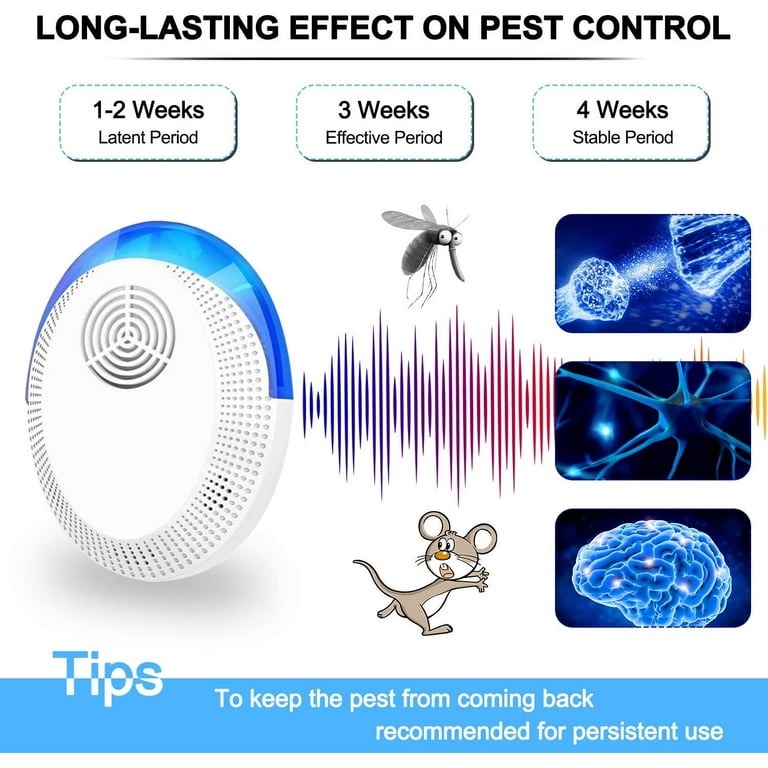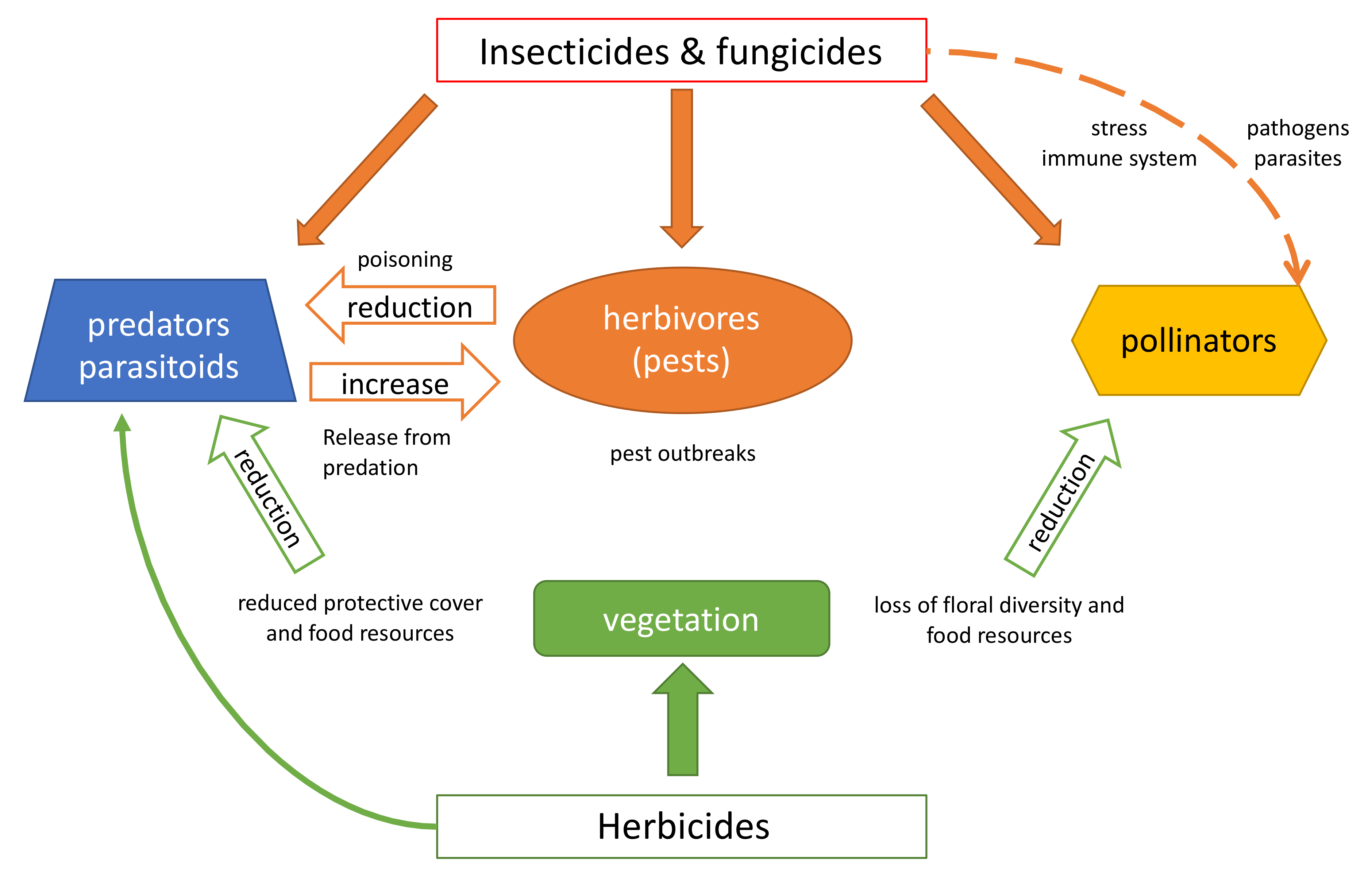The Main Principles Of Eco Bed Bug Exterminators Dc
What Does Eco Bed Bug Exterminators Dc Do?
Table of Contents5 Easy Facts About Eco Bed Bug Exterminators Dc Described9 Easy Facts About Eco Bed Bug Exterminators Dc ShownLittle Known Questions About Eco Bed Bug Exterminators Dc.The Facts About Eco Bed Bug Exterminators Dc UncoveredEco Bed Bug Exterminators Dc Things To Know Before You Buy
Because chemicals are harmful, they are also potentially unsafe to humans, pets, various other microorganisms, and the atmosphere. Individuals who make use of pesticides or regularly come in contact with them should understand the loved one poisoning, potential wellness impacts, and preventative steps to decrease direct exposure to the items they utilize. Threat, or risk, of utilizing pesticides is the capacity for injury, or the level of risk associated with using a pesticide under a provided collection of problems.
However, applicators can decrease or almost get rid of direct exposure-- and hence reduce risk-- by adhering to the label directions, utilizing individual safety clothes and devices (PPE), and managing the pesticide correctly. For instance, even more than 95 percent of all pesticide direct exposures come from facial direct exposure, primarily to the hands and lower arms. By using a pair of unlined, chemical-resistant handwear covers, this sort of exposure can be virtually removed.
The damaging effects that take place from a solitary direct exposure by any route of entry are termed "intense results." The 4 routes of exposure are dermal (skin), inhalation (lungs), oral (mouth), and the eyes. Intense poisoning is figured out by checking out the dermal poisoning, inhalation toxicity, and oral toxicity of guinea pig.
Our Eco Bed Bug Exterminators Dc Statements
Intense toxicity is measured as the quantity or concentration of a toxicant-- the a.i.-- called for to eliminate 50 percent of the pets in an examination population. This step is normally revealed as the LD50 (dangerous dosage 50) or the LC50 (deadly focus 50). Additionally, the LD50 and LC50 values are based upon a single dosage and are videotaped in milligrams of pesticide per kilo of body weight (mg/kg) of the examination animal or partially per million (ppm).
The lower the LD50 or LC50 worth of a pesticide product, the higher its toxicity to human beings and pets. Pesticides with a high LD50 are the least harmful to humans if made use of according to the instructions on the item label. The persistent poisoning of a pesticide is figured out by subjecting test pets to long-term exposure to the energetic component.
The chronic toxicity of a pesticide is harder than intense toxicity to determine via research laboratory analysis. Products are categorized on the basis of their relative acute poisoning (their LD50 or LC50 worths). Chemicals that are identified as very hazardous (Poisoning Group I) on the basis of either dental, dermal, or breathing poisoning have to have the signal words risk and poisonous substance published in red with a skull and crossbones symbol prominently displayed on the front panel of the plan tag.
The acute (single dose) oral LD50 for chemical products in this team ranges from a trace quantity to 50 mg/kg. As an example, exposure of a few decreases of a anonymous product taken orally can be deadly to a 150-pound person. Some pesticide products have just the signal word DANGER, which informs you nothing about the acute poisoning, just that the product can create serious eye damages or severe skin irritation
Some Known Incorrect Statements About Eco Bed Bug Exterminators Dc
In this category, the severe oral LD50 arrays from 50 to 500 mg/kg. A teaspoon to an ounce of this product can be deadly to a 150-pound individual (exterminator near me). Chemical products categorized as either a little poisonous or reasonably safe (Poisoning Groups III and IV) are required to have the signal word care on the chemical tag

All pesticide poisoning worths, including the LD50, can be discovered on the product's Product Safety and security Data Sheet (MSDS) - bed bug heater rentals. Pesticide tags and MSDS can be gotten from sellers or manufactures. Additionally, most products also know that can be located on the web. The signs and symptoms of chemical poisoning can vary from a light skin irritation to coma or perhaps death.
People also differ in their level of sensitivity to different degrees of these chemicals. Some people might show no response to an exposure that may trigger severe disease in others (pest control Washington DC). As a result of potential health concerns, chemical users and handlers must acknowledge the typical signs and symptoms of chemical poisoning. The results, or signs and symptoms, of pesticide poisoning can be broadly specified as either topical or systemic.
Eco Bed Bug Exterminators Dc for Beginners
Dermatitis, or inflammation of the skin, is accepted as one of the most typically reported topical impact connected with pesticide exposure. Symptoms of dermatitis range from reddening of the skin to breakouts and/or sores. Some people tend to cough, hiss, or sneeze when exposed to pesticide sprays. Some people react to the solid smell and bothersome effects of oil extracts made use of as carriers in chemical products.
This symptom generally subsides within a couple of mins after a person is gotten rid of from the exposure to the toxic irritant. Nonetheless, a reaction to a pesticide product that creates somebody not only to sneeze and cough yet additionally to create severe acute respiratory signs is a lot more most likely to be a true hypersensitivity or allergic reaction.
Systemic results are fairly different from topical effects. They typically take place away from the original point of call as a result of the chemical being soaked up right into and distributed throughout the body.